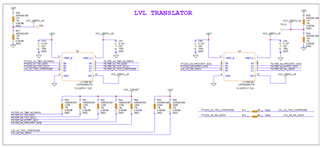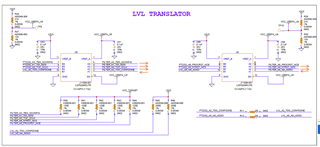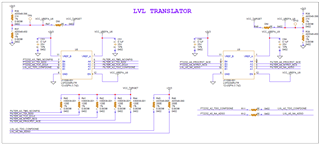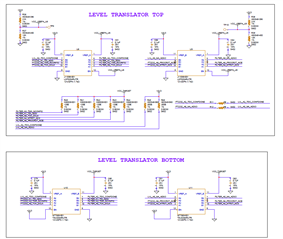Other Parts Discussed in Thread: TXU0304, TXU0104, TXU0204, TXB0304
Tool/software:
Hi Team,
We are using LSF0204 in our design
A side is connected to FT2232H IOs(3.3V) and B side is connected to DUT IOs(3.3V,2.5V,1.8V,1.5V). It operates at different voltages
We are using an LDO for 3.3V to VREF_A and since B side voltage varies for different DUT, I have connected VREF_B to 1.2V, which is the divided voltage from 3.3V(by using 1% voltage divider, pull down helps for current sink also)
I have provided pull up at VREF_B( for the max drive strength support)
Kindly provide your comments if any

Awaiting for your response
Thanks & Regards,
Rohini






